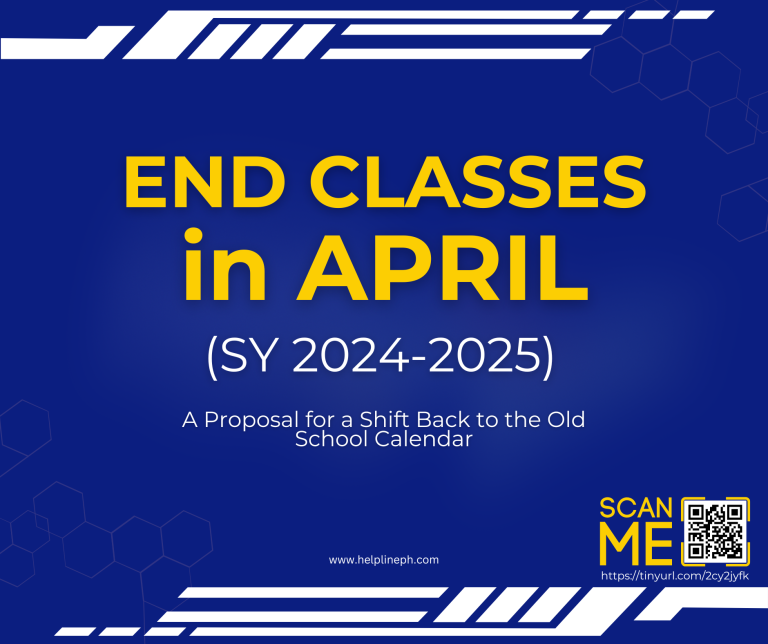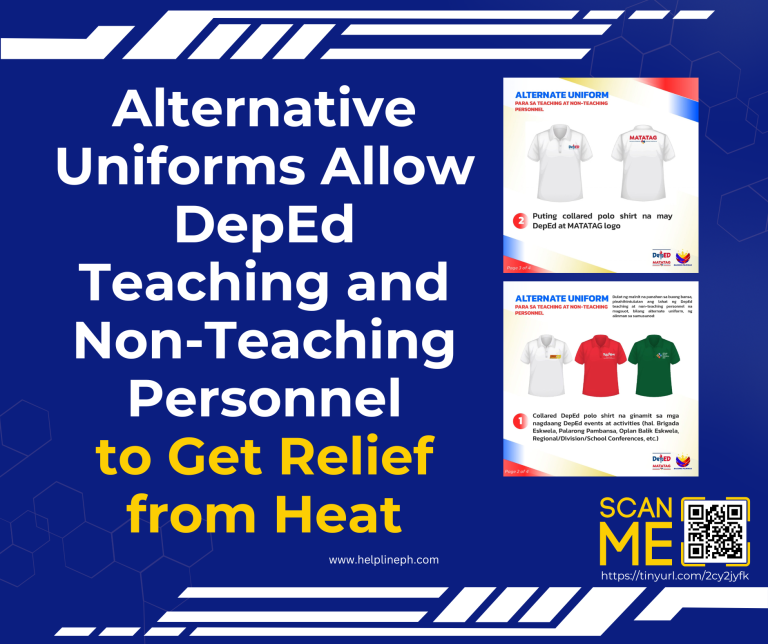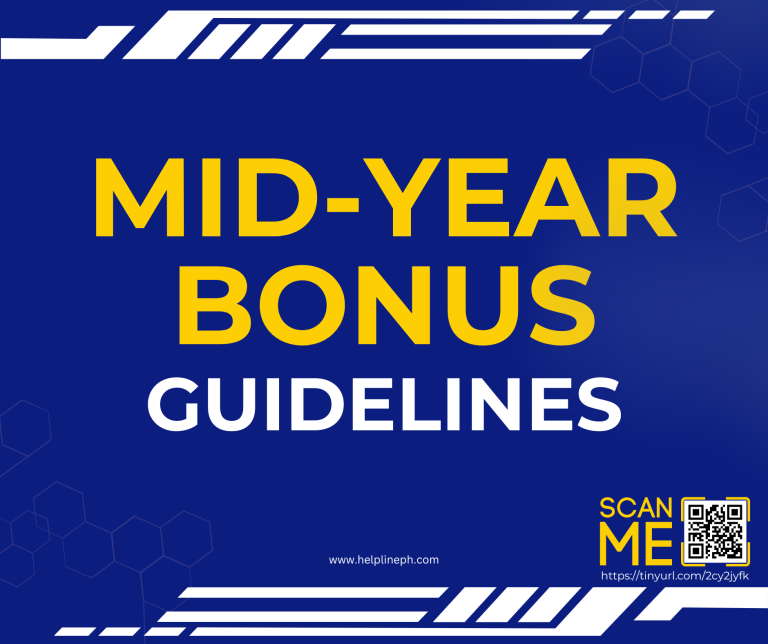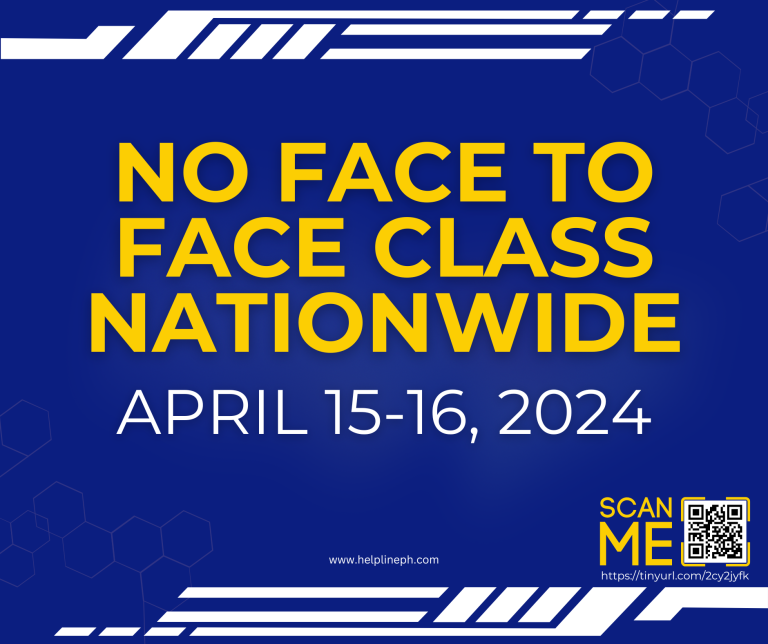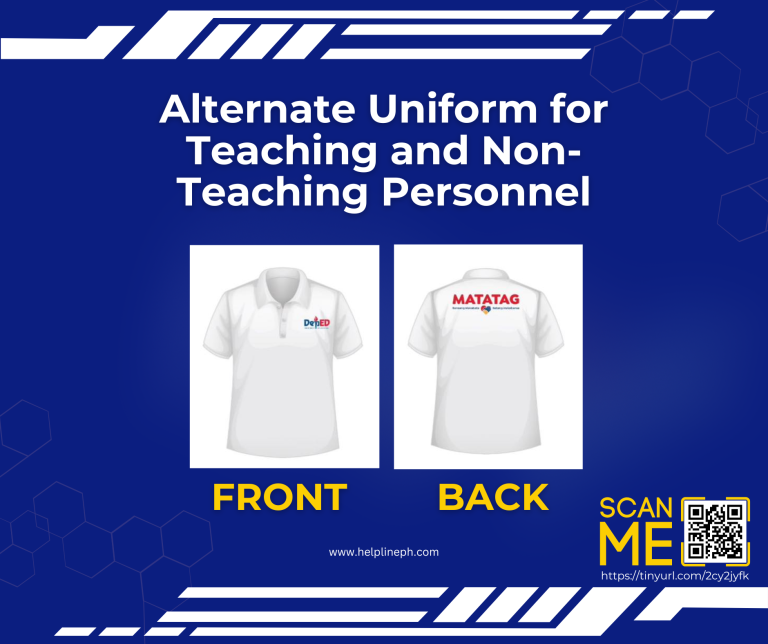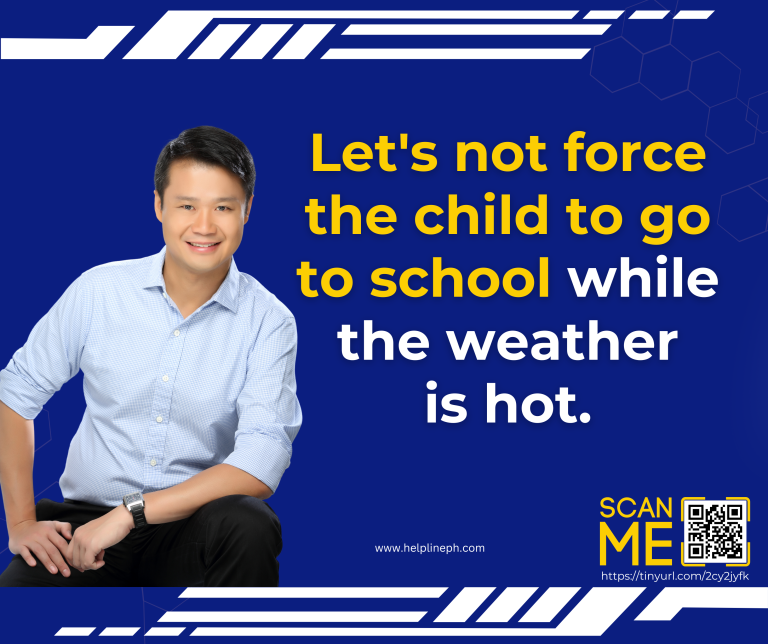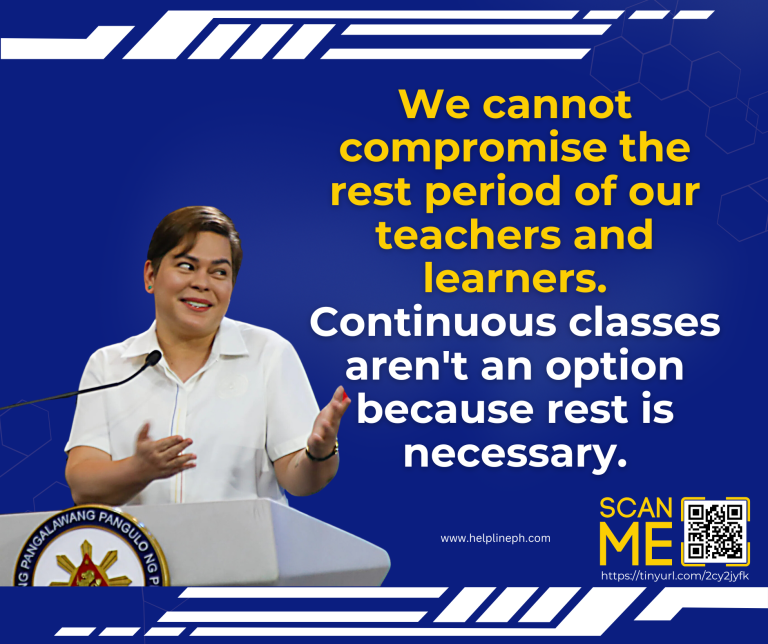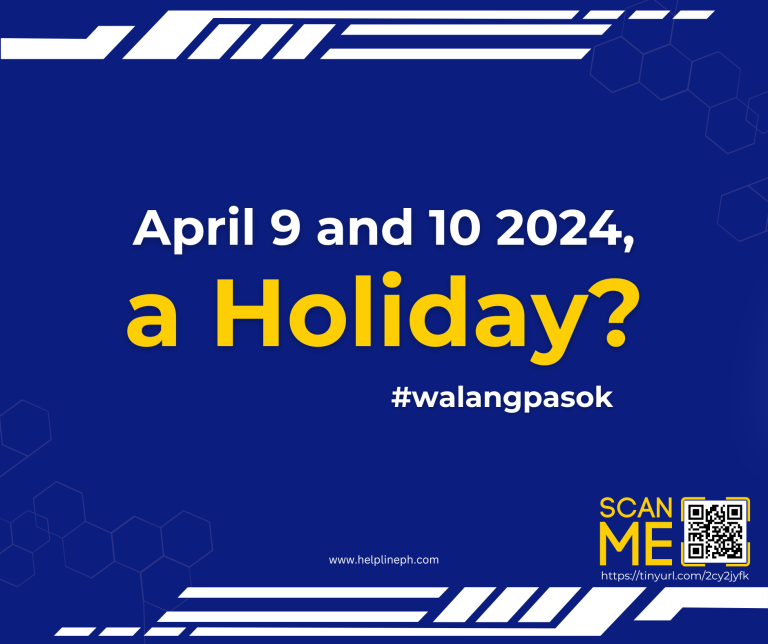Government Services
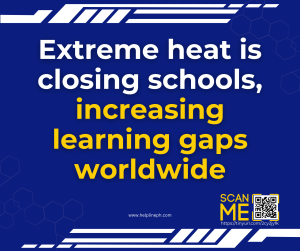
Extreme heat is closing schools, increasing learning gaps worldwide
Extreme heat is closing schools, increasing learning gaps worldwide In Dhaka, the capital city of Bangladesh, soaring temperatures have recently
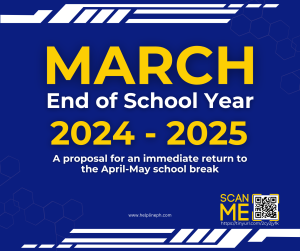
Department of Education Considers Ending School Year in March 2025
Department of Education Considers Ending School Year in March 2025 The Department of Education (DepEd) has recently proposed a new
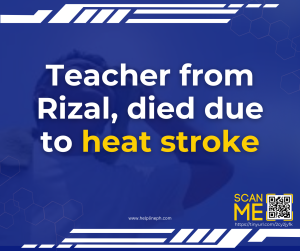
Teacher from Rizal, died due to heat stroke
Teacher from Rizal, died due to heat stroke Recently, a grass fire occurred at Terminal 3, specifically in the Hopit
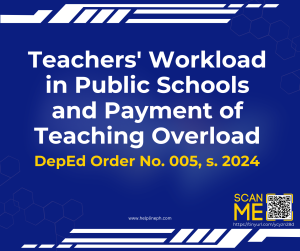
Teachers’ Workload in Public Schools and Payment of Teaching Overload
Teachers’ Workload in Public Schools and Payment of Teaching Overload The Department of Education (DepEd) has released new guidelines aimed
Teachers Not Required to Report to School When Classes Are Suspended
Teachers Not Required to Report to School When Classes Are Suspended The Department of Education (DepEd) in Metro Manila is
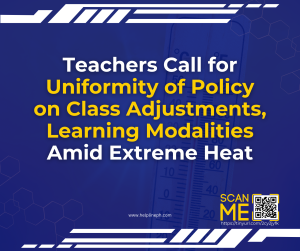
Teachers Call for Uniformity of Policy on Class Adjustments, Learning Modalities Amid Extreme Heat
Teachers Call for Uniformity of Policy on Class Adjustments, Learning Modalities Amid Extreme Heat As the hot weather continues, schools
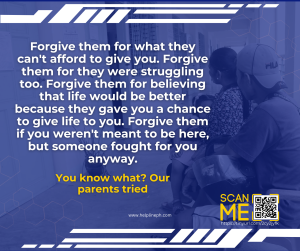
The Power of Parental Support: Observations from a School Demonstration
The Power of Parental Support: Observations from a School Demonstration During a recent visit to observe the final demonstration teaching
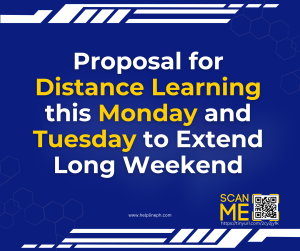
Proposal for Distance Learning this Monday and Tuesday to Extend the Long Weekend
Proposal for Distance Learning this Monday and Tuesday to Extend the Long Weekend The Department of Education (DepEd) is being
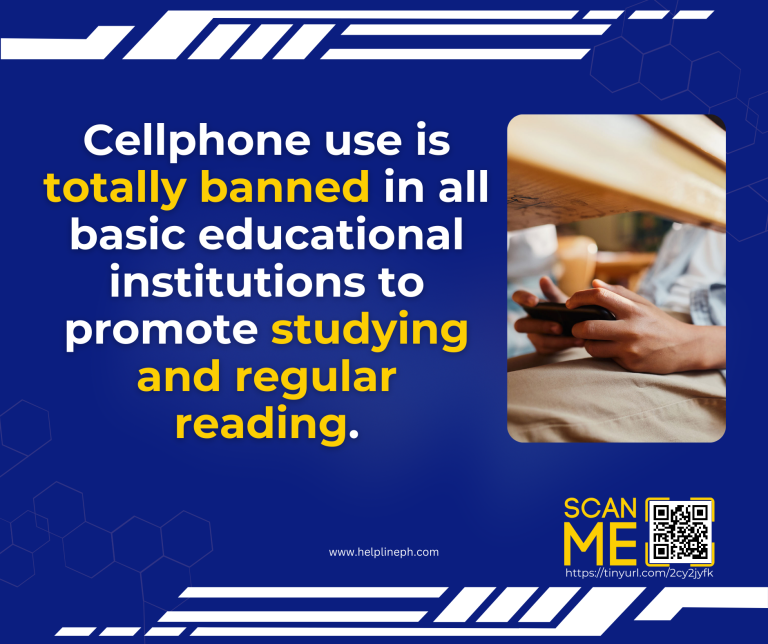
Cellphone use is totally banned in all basic educational institutions to promote studying and regular reading
Cellphone use is totally banned in all basic educational institutions to promote studying and regular reading Many children are spending a lot of time on their cellphones, often using social
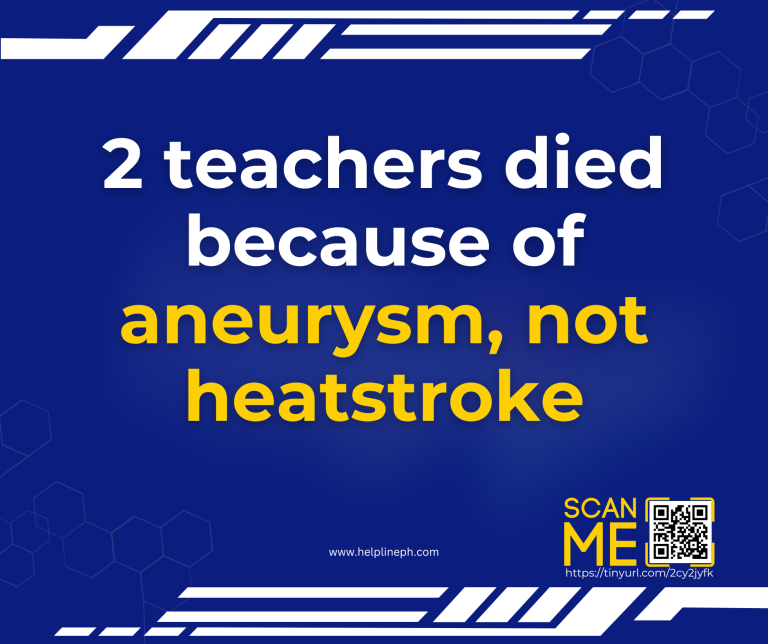
2 teachers died because of aneurysm, not heatstroke
2 teachers died because of aneurysm, not heatstroke Mr. Leonil Salvilla, who works for the Schools Division Office of Iloilo, said this. He got this information from the district supervisor

VP Sara should resign as DepEd Sec – Solon
VP Sara should resign as DepEd Sec – Solon A government official from Manila has asked Vice President Sara Duterte to step down from her position as the head of
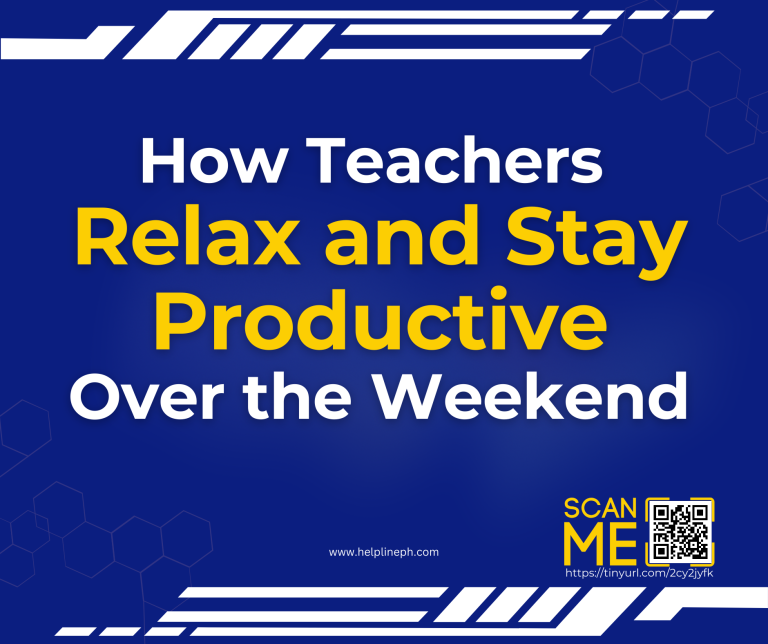
How Filipino Teachers Relax and Stay Productive Over the Weekend
How Filipino Teachers Relax and Stay Productive Over the Weekend Being a teacher in the Philippines can be very challenging. From Monday to Friday, teachers are busy teaching classes, helping

No need to buy alternate uniform – DepEd
No need to buy alternate uniform The Department of Education (DepEd) has announced that teachers and non-teaching staff do not need to purchase collared shirts as alternate uniforms for the
HOW TO ARTICLES
HOW TO ARTICLES
HOW TO ARTICLES
LATEST

Extreme heat is closing schools, increasing learning gaps worldwide
Extreme heat is closing schools, increasing learning gaps worldwide In Dhaka, the capital city of

Department of Education Considers Ending School Year in March 2025
Department of Education Considers Ending School Year in March 2025 The Department of Education (DepEd)

Teacher from Rizal, died due to heat stroke
Teacher from Rizal, died due to heat stroke Recently, a grass fire occurred at Terminal

Teachers’ Workload in Public Schools and Payment of Teaching Overload
Teachers’ Workload in Public Schools and Payment of Teaching Overload The Department of Education (DepEd)
Teachers Not Required to Report to School When Classes Are Suspended
Teachers Not Required to Report to School When Classes Are Suspended The Department of Education

Teachers Call for Uniformity of Policy on Class Adjustments, Learning Modalities Amid Extreme Heat
Teachers Call for Uniformity of Policy on Class Adjustments, Learning Modalities Amid Extreme Heat As

Extreme heat is closing schools, increasing learning gaps worldwide
Extreme heat is closing schools, increasing learning gaps worldwide In Dhaka, the capital city of Bangladesh, soaring temperatures have recently made it very difficult for students to focus on their

Department of Education Considers Ending School Year in March 2025
Department of Education Considers Ending School Year in March 2025 The Department of Education (DepEd) has recently proposed a new schedule for the 2024-2025 school year, suggesting it end in

Teacher from Rizal, died due to heat stroke
Teacher from Rizal, died due to heat stroke Recently, a grass fire occurred at Terminal 3, specifically in the Hopit Parking area, and is currently under investigation. The investigators, led

Teachers’ Workload in Public Schools and Payment of Teaching Overload
Teachers’ Workload in Public Schools and Payment of Teaching Overload The Department of Education (DepEd) has released new guidelines aimed at improving the work conditions of teachers in public schools.
Teachers Not Required to Report to School When Classes Are Suspended
Teachers Not Required to Report to School When Classes Are Suspended The Department of Education (DepEd) in Metro Manila is taking action to protect teachers and school staff during the

Teachers Call for Uniformity of Policy on Class Adjustments, Learning Modalities Amid Extreme Heat
Teachers Call for Uniformity of Policy on Class Adjustments, Learning Modalities Amid Extreme Heat As the hot weather continues, schools have stopped face-to-face classes. On April 26, a group of

The Power of Parental Support: Observations from a School Demonstration
The Power of Parental Support: Observations from a School Demonstration During a recent visit to observe the final demonstration teaching of student interns at one of the partner schools, Ma’am

Proposal for Distance Learning this Monday and Tuesday to Extend the Long Weekend
Proposal for Distance Learning this Monday and Tuesday to Extend the Long Weekend The Department of Education (DepEd) is being urged to implement asynchronous classes or distance learning on Monday,
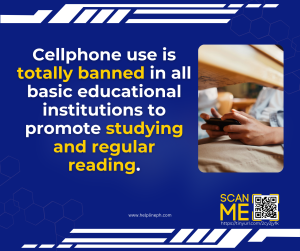
Cellphone use is totally banned in all basic educational institutions to promote studying and regular reading
Cellphone use is totally banned in all basic educational institutions to promote studying and regular reading Many children are spending a lot of time on their cellphones, often using social
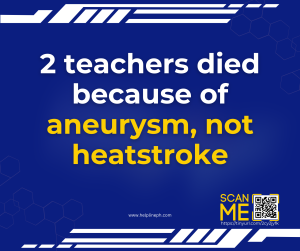
2 teachers died because of aneurysm, not heatstroke
2 teachers died because of aneurysm, not heatstroke Mr. Leonil Salvilla, who works for the Schools Division Office of Iloilo, said this. He got this information from the district supervisor


